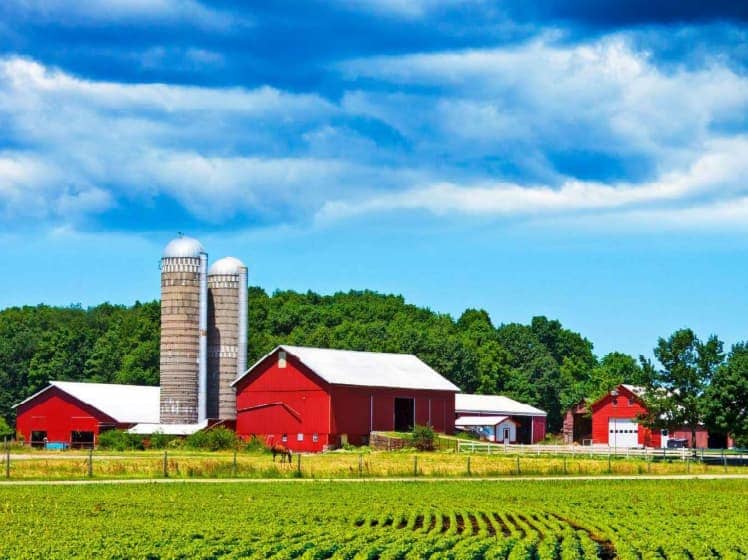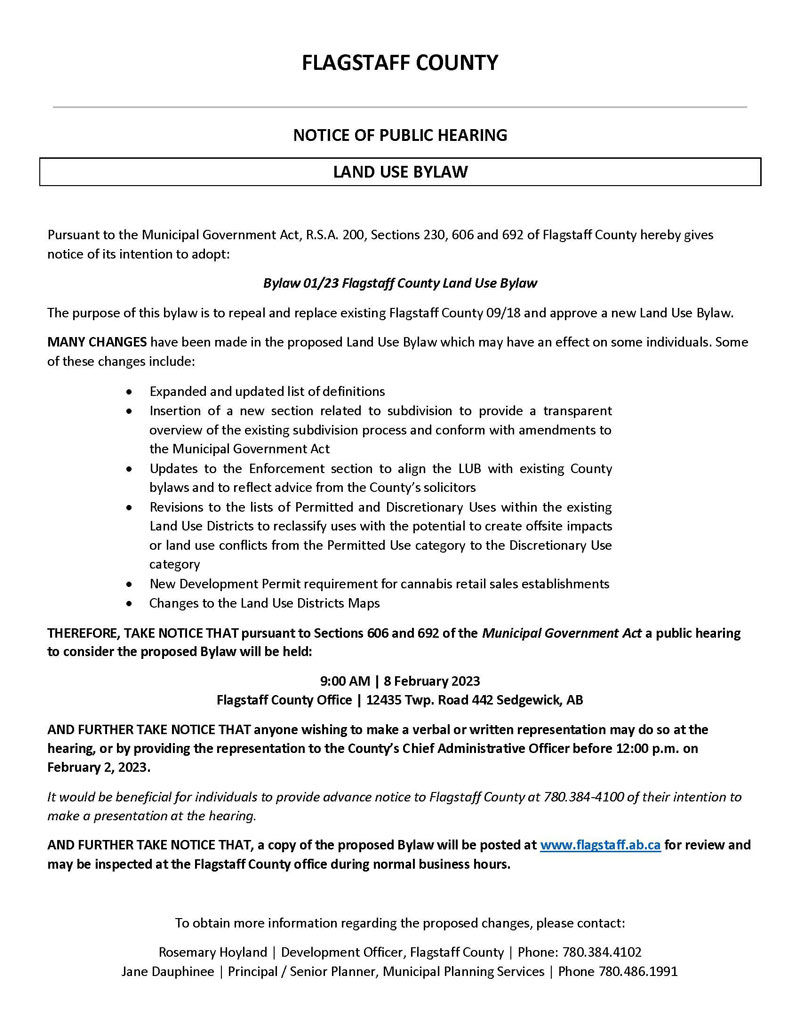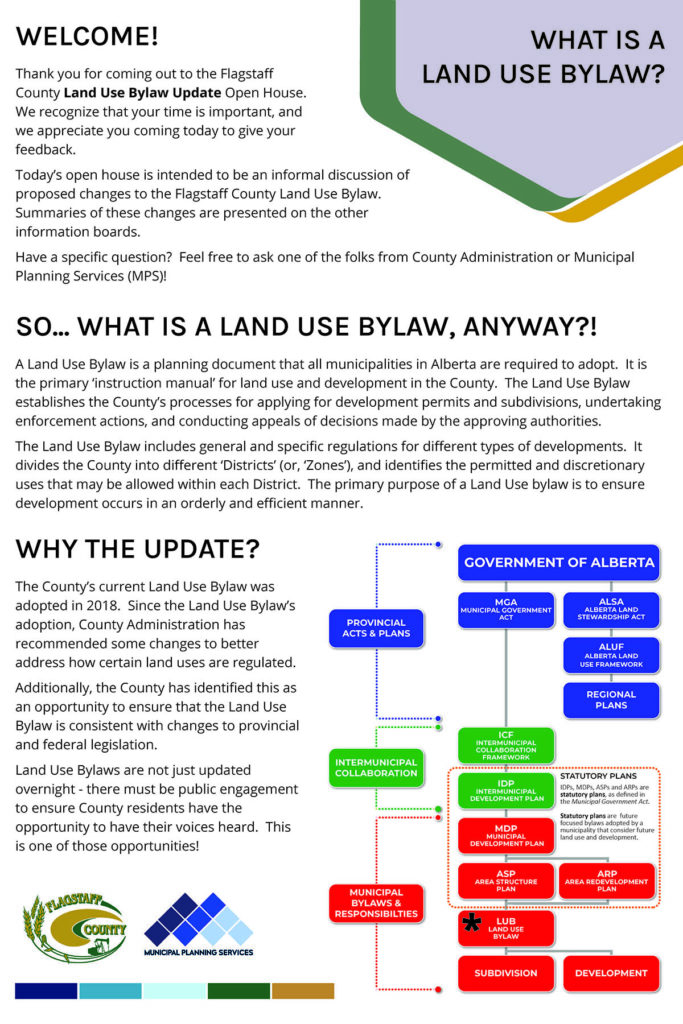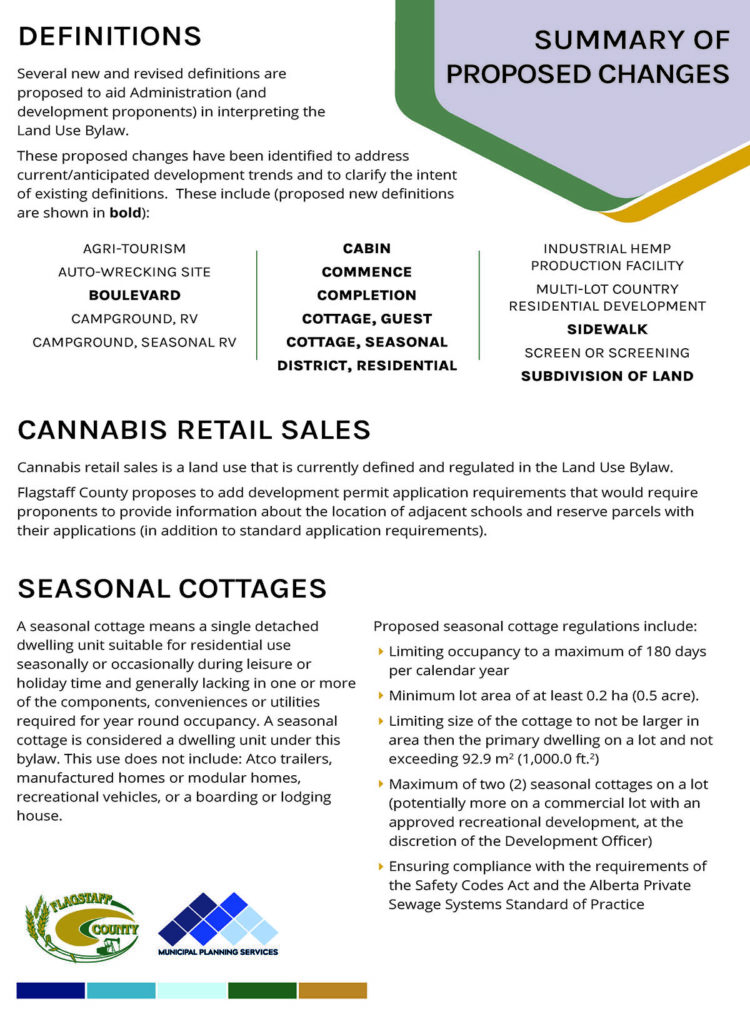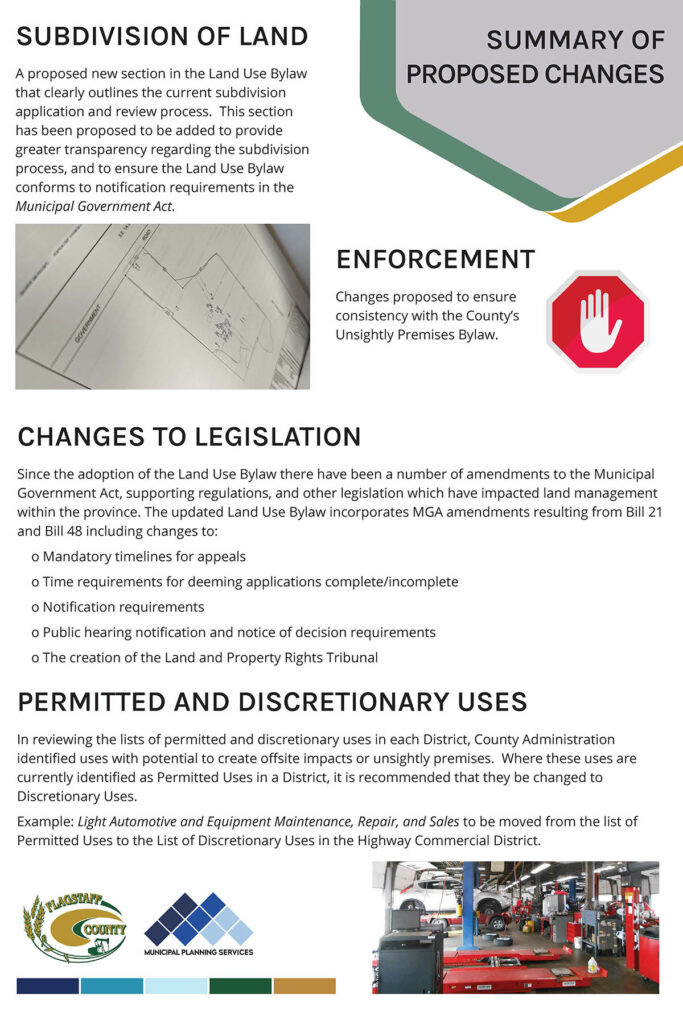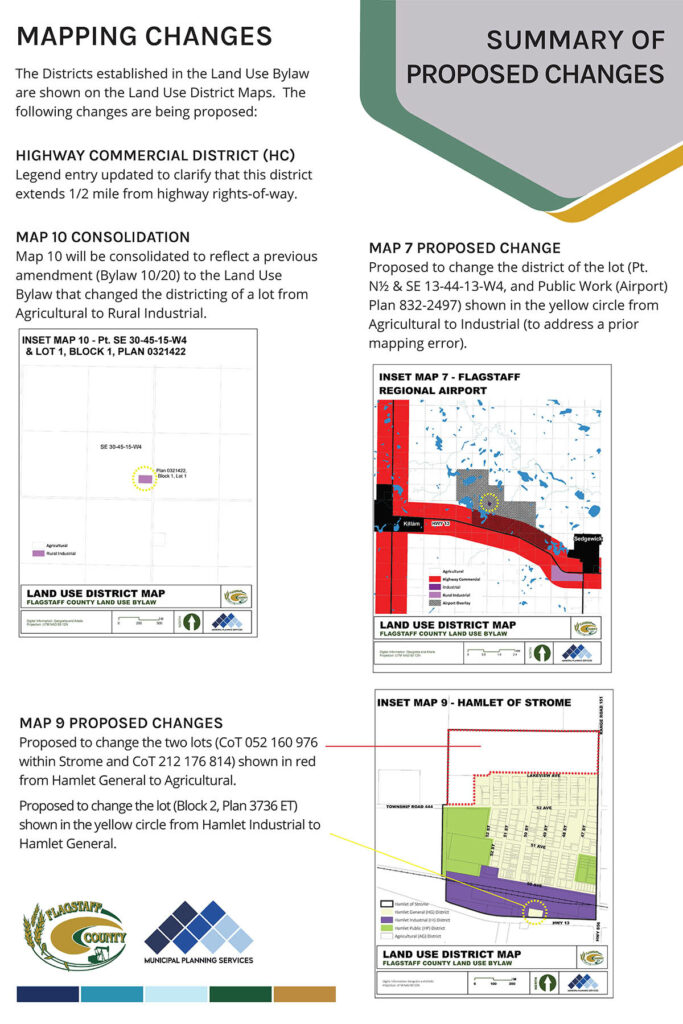By Nick Dunn
In last month’s column, I discussed the history, behaviours, and life cycle of the coyote, as it is crucial information for understanding how to control them. With a growing coyote population, it has raised concerns about their impact on livestock, pets, and human safety for rural, and urban residents. These canines are very adaptable to their environment and intelligent, which makes them difficult to control. There are many strategies that can be implemented to help reduce the risks of predatory attack and manage their populations.
For livestock producers, some traditional methods we have implemented are trapping, shooting, and poisoning. These methods are lethal and are not necessarily the best management practices available. Although the coyote can be controlled with lethal methods year-round on private land, they are still a valuable part of our environment, which is why we need to adopt sound husbandry practices to reduce interactions between livestock and coyotes. These practices include herd surveillance, closely monitoring your livestock until they become large enough to defend themselves. First time calvers should not be left unattended in open range situations. Corralling at night with smaller livestock is another practice, but this doesn’t pertain to cattle as they are relatively safe from coyote attacks outside of calving season. Livestock behaviour can be a telltale if they have been attacked previously. Some signs of frequent attacks would be an increase in nervousness, and being more alert and fearful than usual. For sheep, if they have been attacked or disturbed, they will tend to break into smaller groups or be more scattered. Coyote predation on livestock is a learned behaviour; introducing them to young, sick, injured livestock, and livestock carrion will promote this behaviour. Age classing should also be considered; not placing young livestock on open pasture until they can defend themselves will greatly reduce the potential for attacks. The best method for preventing livestock predation is guard animals, when they live full-time with the flock or herd. Dogs, donkeys, and llamas have all been used successfully within our County to protect our livestock and the choice depends on the livestock needing protection, predators, budget, or personal preference.
Rural and urban residents can also face coyote predation. Urban areas don’t pose as much of a risk compared to rural areas but it ultimately depends on the availability of food sources. It’s important to keep yard sites clear of garbage, pet food, and small prey like rodents. By eliminating their food sources, the likelihood of coyote interactions is significantly lowered. Coyotes will generally avoid human interaction but will occasionally target small pets if given the opportunity. If you live on the outskirts of your municipality, you would be at greater risk than those that live within. It’s important for pet owners to supervise their pets and children outdoors, especially during dusk and dawn when coyotes are most active. Most encounters happen during walks on remote pathways; be sure to stay in well-lit areas and if an encounter does occur, try to get something between you and the predator itself like a fence or walking stick. Staying calm is very important, avoid turning your back, maintain eye contact, talk with a firm voice, and back away slowly if possible. After the encounter has taken place, it is important to report this issue to local authorities so they can help ensure that this encounter doesn’t take place again.
Of these management practices mentioned, there isn’t one practice that will ultimately stop the threat of predators for livestock producers, and urban and rural residents. The best management practice is to adopt as many of these controls as possible. By employing these methods, we can coexist with coyotes while preserving the ecological balance.
Nick Dunn is Flagstaff County’s Agricultural Fieldman. He can be reached via email at: ndunn@flagstaff.ab.ca or by phone at: 780-384-4138.



